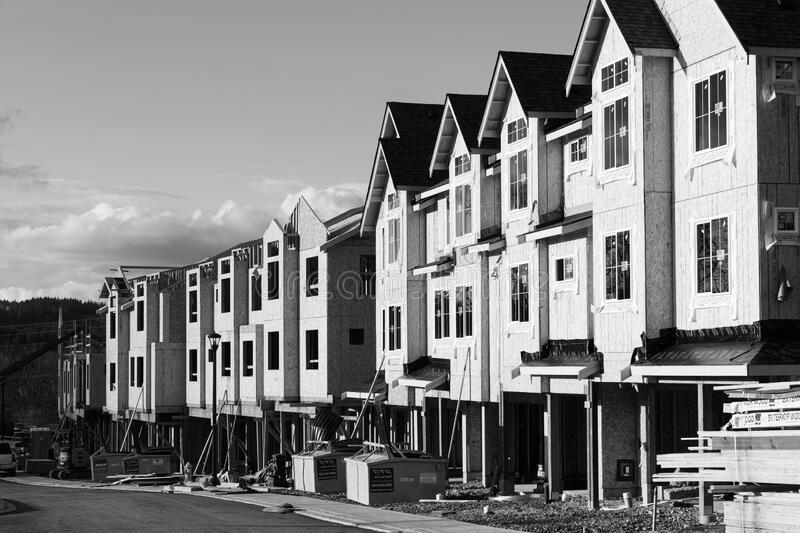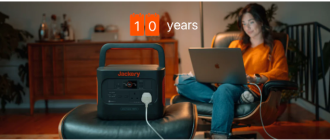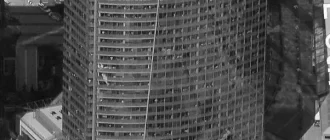If you are considering moving to Seattle, one option is using public transportation. Microsoft’s Capitol Hill shuttles, which started in 2007, are now more modern, larger buses. Microsoft won’t say how many people use them, but they can carry more than 7,000 people. The shuttles have a high occupancy rate and far outperform most forms of public transportation in the area.
Routes
Microsoft has made it easier for its employees to get to work in Seattle by providing new routes. The Microsoft Connector offers unique services to Redmond, Duvall, and Cottage Lake. Until now, employees had to take two public buses to get to the Microsoft campus from Queen Anne. The Connector has now cut that number to just eight daily trips. In addition to providing an alternative to driving, the new routes will help Microsoft reduce pollution and single-occupancy vehicle traffic.
The Connector bus service has 22 routes in the area, each serving a specific location. Microsoft uses the Capitol Hill route, which has stops at 19th and Harrison, 16th and Thomas, and E Pike and Summit. Microsoft also offers a rideshare program and other shuttle services for its employees. The company says that 35 percent of employees take alternative transportation to work. In addition, they are adding more frequent routes, larger buses, and more frequent stops to accommodate their expanding employee population.
For a direct route from Seattle, the 545 bus travels the western edge of Capitol Hill to Microsoft’s campus. Another option is the Eastlink light rail system, which is already in operation. This system will eventually extend to downtown Redmond. The company also contributed to the “yes” campaign for Sound Transit 3, which will open in Redmond.
The Microsoft Connector also provides shuttles to and from the company’s campus. Currently, the Connector serves only full-time employees, but the company plans to expand and add more routes soon. The company also offers free transit passes for employees to use.
Bus size
Microsoft employees have more options than ever to commute to work in Redmond or Bellevue. They’re offered subsidized transit passes and Guaranteed Ride Home programs. The company also provides carpooling and ride-matching services to its employees. In addition, Microsoft employees can find parking in one of its garages. The company also offers daytime access to a discount Zipcar.
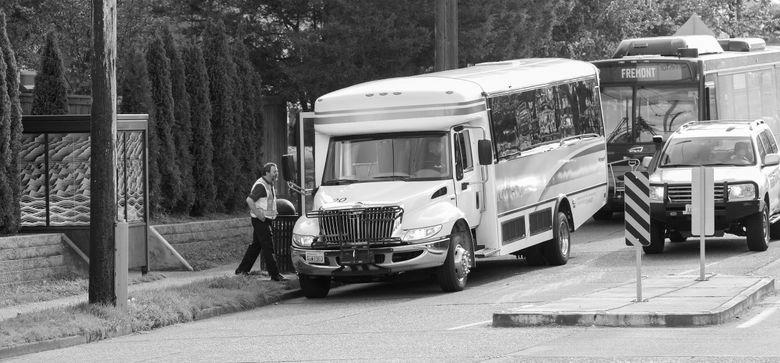
While Microsoft has offices worldwide, the main headquarters is in Redmond, Wash. The company initially operated in Albuquerque, N.M., before moving to Redmond in 1986. The Microsoft campus straddles SR 520 in northwest King County. Employees can take a shuttle to the building or take the bus.
If you prefer public transit, Sound Transit has buses that drop you off less than a mile from the M.S. campus. Sound Transit 545 and 542 will drop you off at the campus. These buses are more upscale than Metro but still cost less than a cab or car. While they may not be as convenient as an Uber, they can still be helpful for commuters, who may find M.S. challenging to reach in their car.
The 545 bus runs an express route from the western edge of Capitol Hill to the Microsoft campus. Meanwhile, Eastlink light rail service is in the works and is expected to extend to downtown Redmond. Microsoft has also helped to fund the “yes” campaign for Sound Transit 3 and has launched a shuttle service for its employees. Employees can get to Microsoft using the Connector on most days and work from home on the weekends.
It’s worth noting that Seattle has more transit commuters than Portland. During 2006 and 2010, 21 percent of Seattle workers commuted to work by transit, compared to only 12 percent of Portlanders. As a result, Seattle’s commuters’ experience with public transit is better than those in Portland.
Frequency
The Microsoft Connector bus system is a commuter option for employees who must reach the company’s headquarters in Redmond, Bellevue, or Seattle. The service began in 2007 and has since expanded to include various stops throughout the city. Microsoft employees have access to 22 routes, including several Capitol Hill visits. The Capitol Hill route includes stops on 19th and Harrison, 16th and Thomas, and E Pike and Summit. Microsoft employees can schedule pickups with the buses in advance.
Microsoft is looking for ways to improve its transportation service, including incorporating automated vehicle dispatch and new technology to improve service. The Puget Sound campus has a transportation system called MERGE (Manage Explore Reserve Go Anywhere) and provides a means of pre-reserving shuttles, buses, and bikes. Microsoft employees can book a ride using this system, including Connector buses and fixed-route shuttles. In addition, on-demand shuttles are available to move from one office to another.
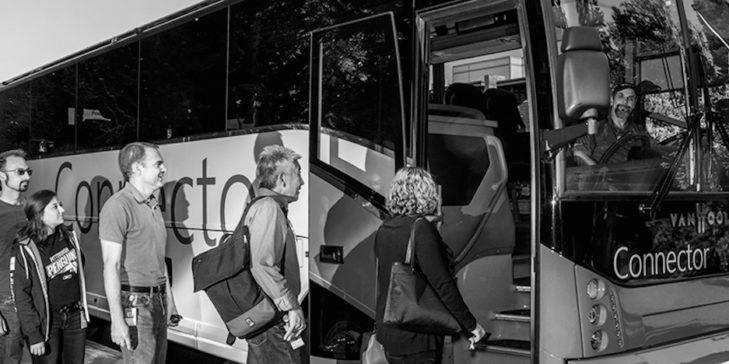
Microsoft has recently revamped its transportation system and is now implementing various new services for employees. These new services include buses and shuttles and are powered by a new mobility platform and backend that is easily deployable on a global scale. Employees will benefit from improved reliability, real-time updates, and efficiencies.
According to the Center City Modesplit Survey, nearly half of Seattle commuters use public transit. The other half of commuters use ridesharing, bicycles, and walking. Public transit remains the most popular mode for commuters. It accounts for 27% of all trips downtown, while ridesharing and biking account for just 2% of daily trips.
Public transit stops
If you live in Seattle and want to work at Microsoft, you can take advantage of the Microsoft Connector bus service. This shuttle runs throughout the day and has 31 stops along Capitol Hill. Both Sound Transit and King County Metro run the route. Microsoft employees can also take the Microsoft Connector to Redmond or Bellevue. The service has recently increased frequency and bus size in the central city to keep up with demand.
The shuttle buses are equipped with Wi-Fi. The shuttles also keep track of ridership based on employee registration. This helps them build a profile of each rider and provide information on their carbon footprint. The new service also provides the convenience of making reservations for the bus. The new bus service will be available to employees soon.
Several bus routes serve the Redmond campus. The shuttles pick up and drop off at similar locations as Metro buses. The buses will stop near bus shelters and signage for Metro services. This pilot program is expected to last six months. During this time, the Seattle Department of Transportation will assess the new system’s impact.
The light rail system in Seattle is expanding. The South Lake Union Streetcar opened in December 2007 and ran between Westlake Center and the South Lake Union neighborhood. The First Hill Streetcar line, connecting the First Hill neighborhood with the Link light rail, opened in 2016. The former Waterfront Streetcar line along Alaskan Way closed due to construction for the Olympic Sculpture Park.
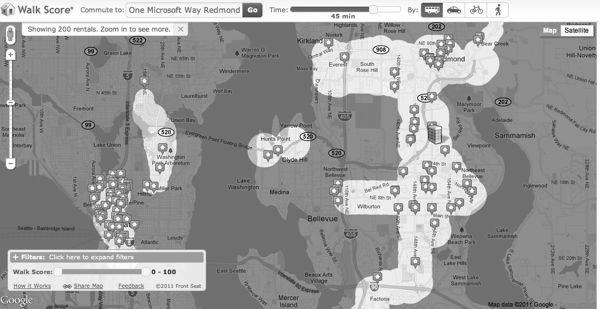
Microsoft employees can also ride the light rail system to work at the Microsoft campus. The Seattle Department of Transportation is currently planning for an extension of the East Link fair rail service to downtown Redmond. The East Link Extension is expected to open two additional stations by 2024.
Time it takes
Microsoft employees can take advantage of its commute program, called the Microsoft Connector, which picks up employees from fifty locations in the Greater Seattle area and takes them to the Microsoft campus in Redmond. The buses return at the end of each workday. The multi-million dollar fleet has 89 buses carrying nearly 1,800 riders on three round trips daily. By reducing the time and cost of driving to the campus, Microsoft has reduced the number of carbon emissions emitted by its 44,400 employees and fuel costs by $10.2 million.
Microsoft is located in the Eastside, a region that includes the neighborhoods of Kirkland, Redmond, and Issaquah. The city is home to several large companies, including Microsoft, Nintendo, Adobe, T-Mobile, and HTC. Traffic is a common issue, especially in the Eastside. Fortunately, there are many alternatives.
If you’re concerned about getting to Microsoft, you can use Moovit, a free transit app that provides live directions and maps to help you get to Microsoft. The app shows you the nearest bus and train stations. Using Moovit, you can find the best time to travel by public transportation to Microsoft, and you’ll also find out the fares and ticket prices.
Several companies have developed innovative tools that make commuting easier. One of these services is the Microsoft Connector, a network of buses that picks up employees near their homes and takes them to work. The buses, which three different agencies run, connect to the regional bus system and will eventually connect with light rail. The Microsoft Connector also allows employees to carpool with coworkers.
There are several light rail options for those who want a quicker commute. The Beacon Hill Light Rail station is conveniently located near the International District Station. The light rail is more reliable than buses and does not get stuck in rush hour traffic. You can also use a light rail to travel between Seattle and Tacoma.
